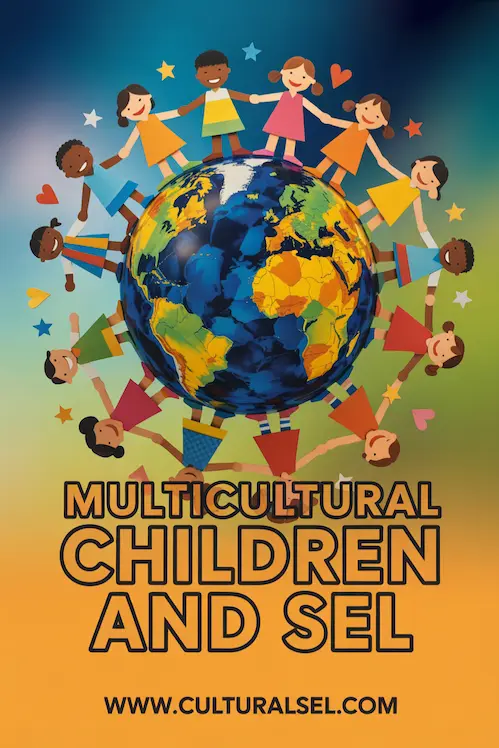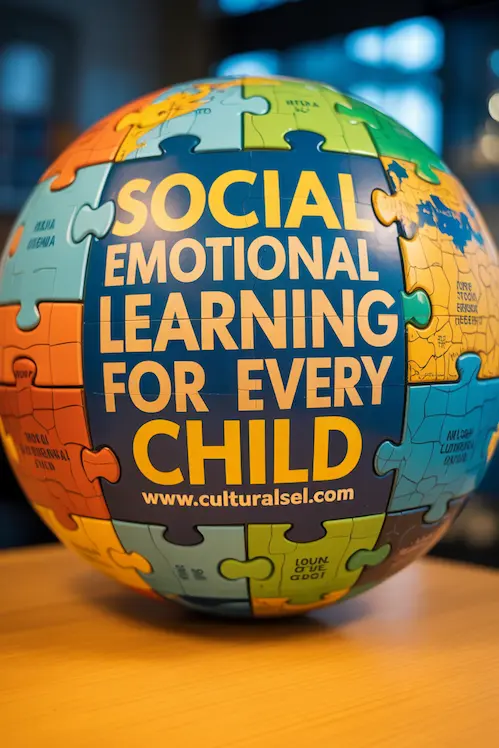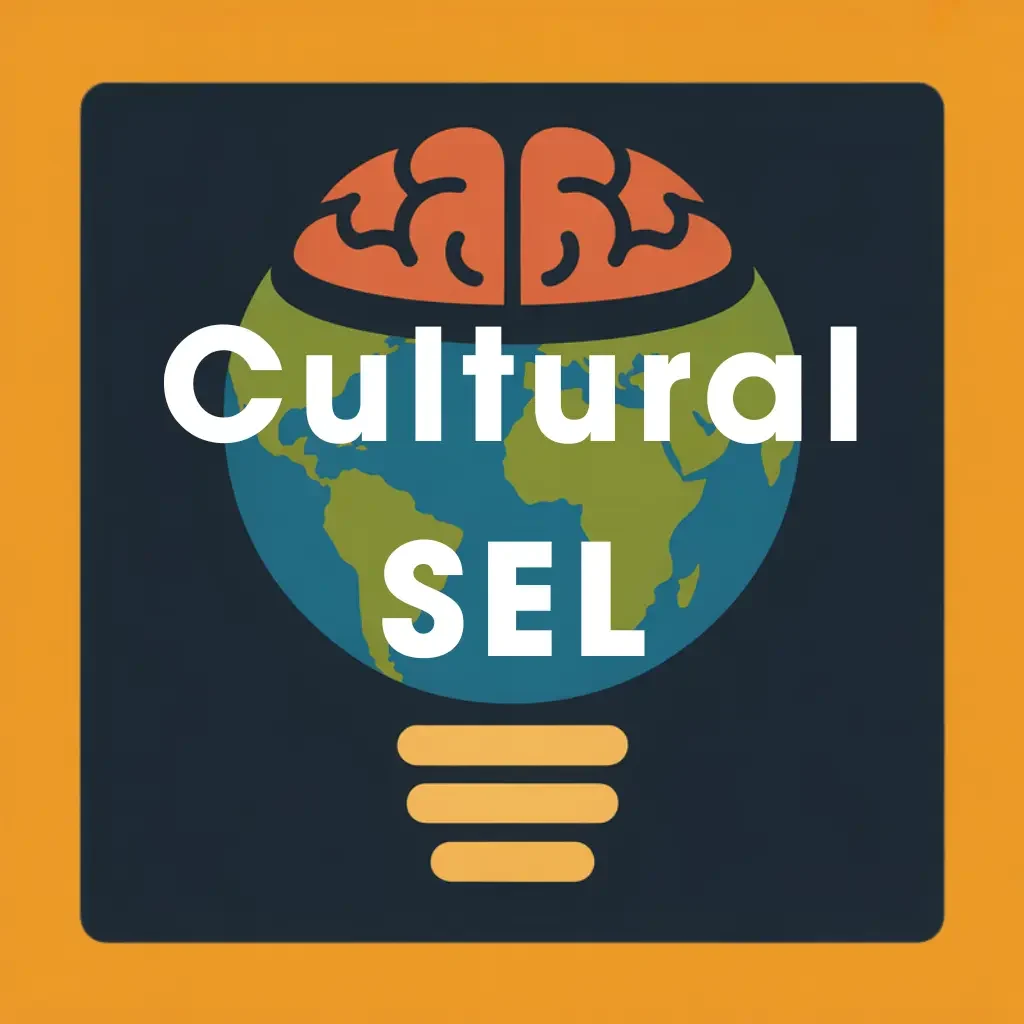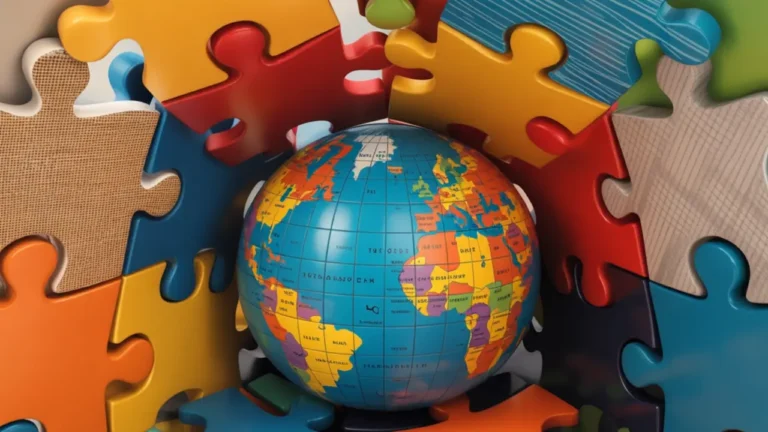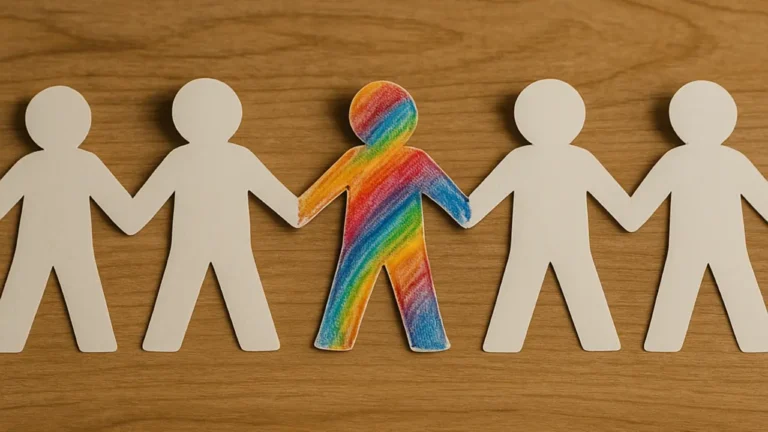Empowering Multicultural Children for Success Through Social Emotional Learning

THIS POST MAY CONTAIN AFFILIATE LINKS. THIS MEANS WE MAY RECEIVE A COMMISSION FROM QUALIFYING PURCHASES YOU MAKE THROUGH OUR LINKS. KINDLY READ OUR DISCLOSURE NOTICE FOR MORE INFORMATION.
Every child deserves to feel seen, understood, and supported. But for children growing up in multicultural families, the journey of social-emotional learning can look very different.
Their daily lives often involve navigating multiple cultures, languages, and expectations, sometimes within the same day.
I’m not writing this as an educator. I’m a mom, an active member of our school’s PTA, and a committee lead for family engagement and DEI initiatives.
As a multicultural woman raising multicultural children, I’ve seen up close how schools are becoming more diverse, yet intercultural connection is not always given.
What I share here comes from lived experience and the work I’ve done alongside families and schools.
My goal is simple: to be a voice rooted in lived experience, leadership in family engagement, and connection on a human level.
Supporting multicultural children in their social and emotional growth is not just about meeting needs.
It’s about honoring identity, building confidence, and helping them see their cultural differences as powerful assets.
Thank You for Reading!
Cultural Identity Is Often Misunderstood
Many professionals and communities overlook how culture shapes social-emotional learning (SEL).
When we think about SEL, we often imagine universal skills like empathy, self-control, and resilience.
But for multicultural children, those skills are deeply influenced by the cultures they live in, the languages they speak, and the values they balance at home and in school.
Unique SEL Challenges and Strengths
Multicultural children often experience unique SEL challenges and strengths such as:
- Translating feelings and meaning across languages
- Adapting behavior depending on cultural setting
- Heightened sensitivity to cultural jokes, stereotypes, or exclusion
- Balancing family values with peer expectations
- Worrying about acceptance or standing out
- Feeling responsible to represent their culture positively
- Strong connection to family and community identity
- Early awareness of fairness, respect, and justice
- Expressing pride in heritage while seeking belonging
- Needing lessons and spaces that reflect cultural identity
These are not “problems.” They are lived realities that bring both complexity and strength.
Why Misunderstanding Hurts
As a mom and community member, I’ve seen how easily these needs can be misunderstood.
When a child’s cultural experiences are overlooked, their behaviors can be mislabeled as defiance, laziness, or lack of ability.
Instead of supporting their strengths, the focus becomes correcting behavior. This can harm a child’s confidence and their sense of belonging.
Families and schools sometimes try to “fix” what is not a problem at all, but rather a cultural difference.
This can be detrimental to the well-being and success of a multicultural child. Patience, understanding, and compassion are the keys to meaningful support.
Reframing Challenges Into Strengths
Each challenge listed above also points to a strength when it is nurtured:
- Translating across languages builds strong communication skills.
- Adapting behavior shows flexibility and cultural intelligence.
- Sensitivity to jokes or exclusion reflects deep awareness of fairness.
- Balancing values sharpens problem-solving and critical thinking.
- Representing culture fosters leadership and responsibility.
- Connection to family roots strengthens resilience and identity.
When adults see these experiences as strengths, they not only validate a child’s identity but also open the door to greater confidence and self-advocacy.
What Children Need
Children benefit most when the spaces around them reflect who they are. That means:
- Teachers using examples and stories that mirror different cultures
- Families having open conversations about feelings, identity, and belonging
- Peers learning to appreciate rather than judge cultural differences
- Children themselves being encouraged to name both their struggles and their strengths
Multicultural children should not have to choose between belonging, fitting in and being authentic.
Supporting their social and emotional needs helps them grow into empowered learners who can thrive in every environment.
“Confidence grows when identity is not questioned but celebrated.”
The question is not whether multicultural children can succeed socially and emotionally. They can and do. The real question is whether the adults in their lives are ready to see their differences as strengths.
By choosing patience, understanding, and compassion, we create classrooms, families, and communities where every child’s identity is honored and their potential is fully supported.
IF THIS POST RESONATES WITH YOU, EXPLORE MORE OF CULTURAL SEL ON OUR SITE.
You’ll find free guides, practical tools, and reflections to help families, educators, and communities bring culture, identity, and connection into social-emotional learning.
💬 Want to keep the conversation going? Join our Facebook community and connect with others exploring Cultural SEL.
📌 Save or share this post so other families and educators can bring these ideas into their own homes, classrooms, and communities.
Together, we can keep growing, connecting, and raising empowered learners.
